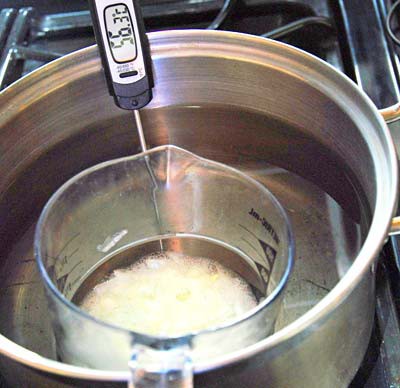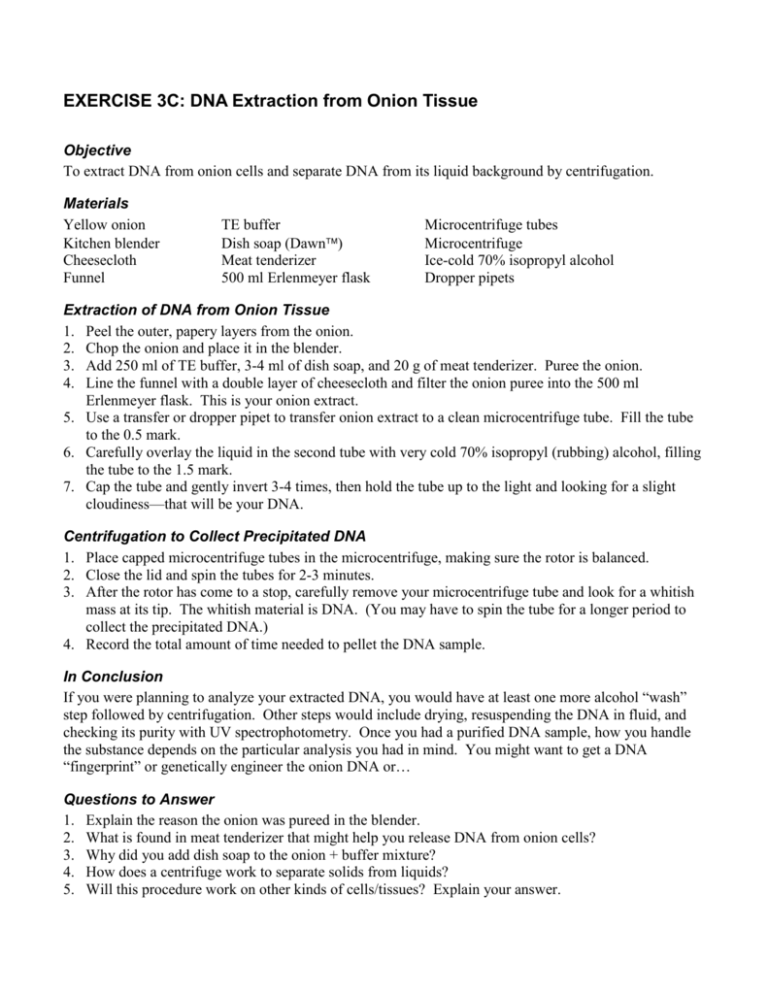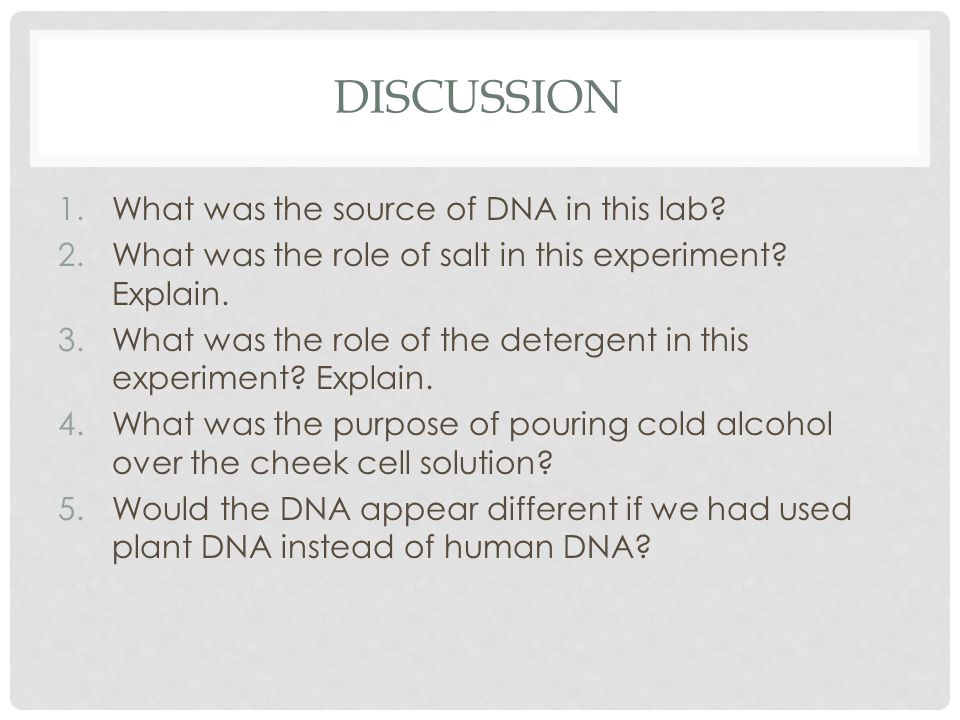DNA extraction is a common technique used in molecular biology to isolate and purify DNA from a biological sample. One common source of DNA is plant tissue, and the onion is a popular choice for DNA extraction experiments because it is easily accessible and has a large amount of DNA. Here, we will discuss the process of extracting DNA from an onion and some of the considerations involved.
To extract DNA from an onion, the first step is to collect a sample of onion tissue. This can be done by cutting a small piece of onion from the outer layer and placing it in a clean, dry container. Next, the tissue must be homogenized, or broken down into small pieces, to facilitate the release of the DNA. This can be done using a blender, food processor, or by manually grinding the tissue with a mortar and pestle.
After the tissue is homogenized, it is mixed with a lysis solution, which is a mixture of chemicals that breaks down the cell walls and releases the DNA. The lysis solution typically contains a detergent to break down the lipid membranes, an enzyme to digest proteins, and a salt to neutralize the charge on the DNA molecule. The mixture is then incubated at room temperature for a few minutes to allow the lysis solution to work.
Next, the DNA is precipitated, or separated, from the rest of the cell components by adding alcohol. The alcohol causes the DNA to coagulate, or form a gel-like substance, which can be collected by centrifugation or filtration. The DNA is then washed with a solution to remove any remaining contaminants, and it can be stored in a solution of water and salt for later use.
There are several considerations to keep in mind when extracting DNA from an onion. One important factor is the quality of the tissue sample. Fresh tissue is generally preferred because it is less likely to be contaminated with microbes or enzymes that could interfere with the extraction process. It is also important to use clean, sterilized equipment and solutions to prevent contamination.
Another consideration is the choice of lysis solution. Different lysis solutions can be used depending on the type of tissue being extracted and the purpose of the experiment. For example, some solutions are more effective at breaking down plant cell walls than others, and some are better at preserving the integrity of the DNA.
Finally, it is important to optimize the extraction protocol to ensure that the DNA is of the highest quality and purity. This may involve adjusting the concentration of the lysis solution or the incubation time, or using different methods for collecting and washing the DNA.
In conclusion, extracting DNA from an onion is a straightforward process that can be carried out with common laboratory equipment and chemicals. By following a protocol and considering factors such as tissue quality and the choice of lysis solution, it is possible to obtain high-quality DNA from an onion for a variety of molecular biology experiments.







